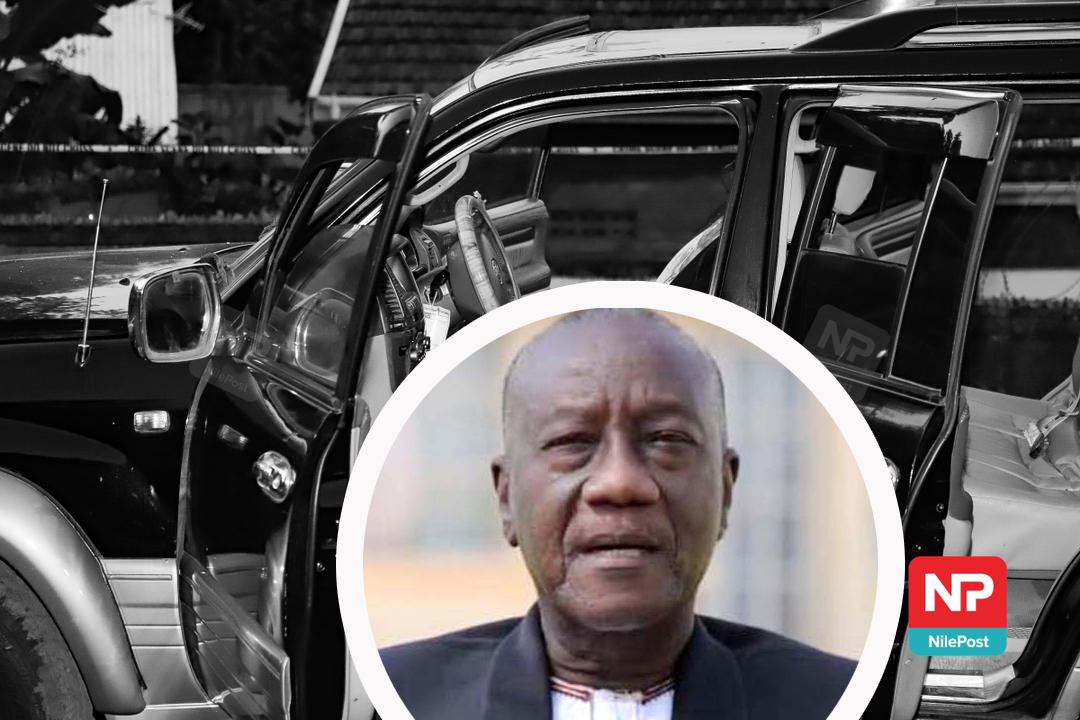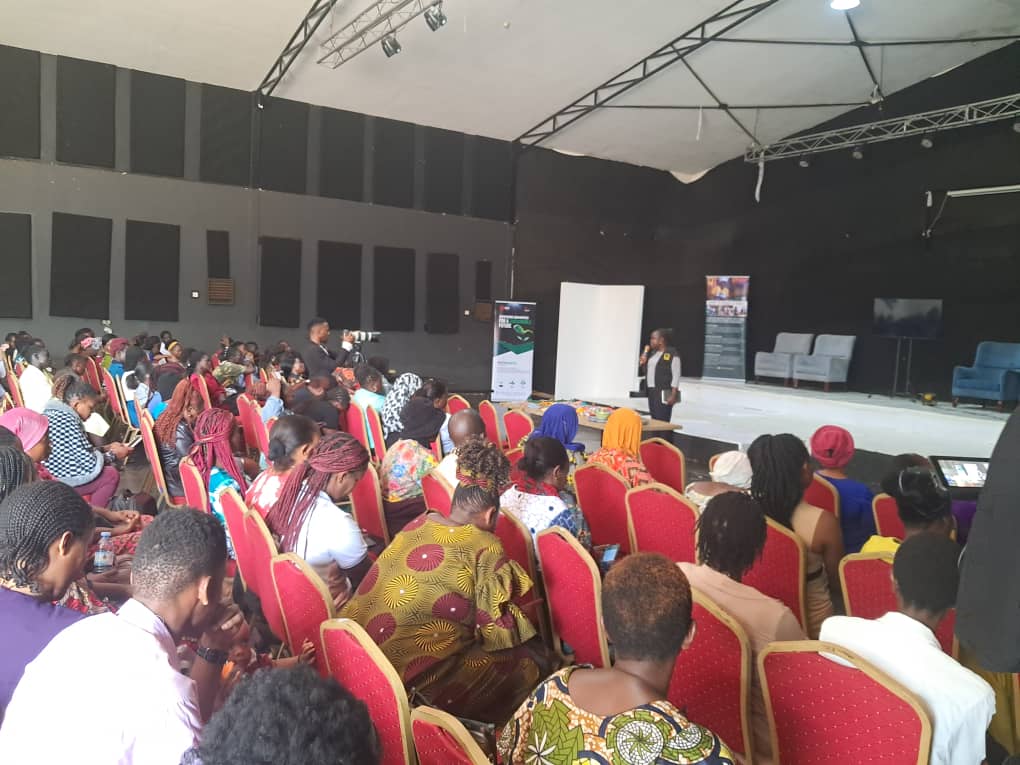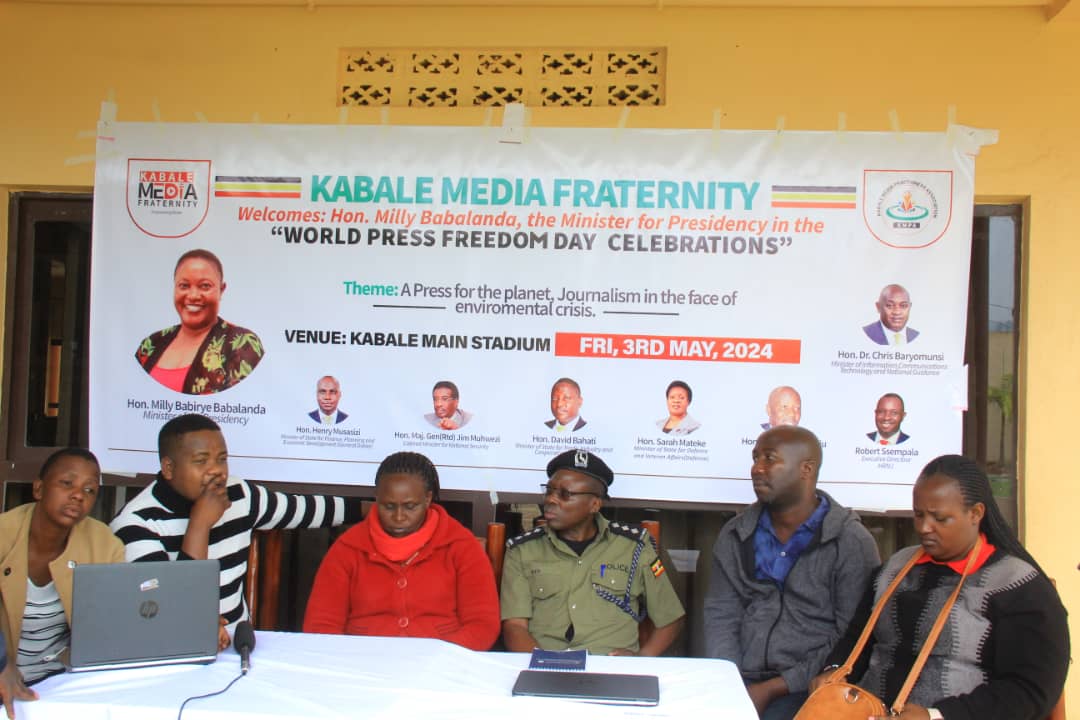Brutal Murder of Buganda Clan Leader Raises Questions Amidst Police Investigation

The recent tragic murder of Buganda Clan leader, Daniel Bbosa, has sent shockwaves through the community, leaving many questioning the circumstances surrounding his untimely demise.
As investigations unfold, several key questions have emerged, casting doubt on the clarity and transparency of the ongoing probe.
Keep Reading
According to eyewitness accounts, the events leading up to Bbosa's murder paint a harrowing picture of targeted violence.
Witnesses reported seeing two individuals trailing Bbosa's car along a road in Lungujja at approximately 5pm.
Despite having the opportunity to halt the vehicle, the assailants refrained from using force, prompting speculation about their motives, particularly given the densely populated nature of the area.
One of the assailants brandished a firearm, catching the attention of Bbosa's wife who was present in the car.
Concerned by the sight of civilians carrying weapons, she voiced her apprehensions to Bbosa, who acknowledged the potential unlawfulness of the situation.
However, before any action could be taken, the assailants abruptly stopped a boda boda in front of Bbosa's car, forcing the driver to brake suddenly.
With guns drawn and aimed at the vehicle, the assailants unleashed a barrage of gunfire, fatally striking Bbosa in the head.
Despite attempts to flee, one assailant was apprehended by a courageous boda boda rider and subsequently lynched by a mob, while the fate of the other remains unknown.
In the aftermath of the incident, several troubling questions have emerged, raising concerns about the handling of the case by law enforcement authorities.
Firstly, despite the criminal nature of mob justice, authorities have shown reluctance to pursue those involved in the lynching, instead commending their actions in a perplexing statement.
Secondly, the audacity displayed by an unarmed civilian in confronting armed assailants on a boda boda raises questions about the individual's motivations and background.
Furthermore, the delay in accessing CCTV footage from the vicinity of the crime scene, despite significant investments in surveillance infrastructure, has fueled scepticism about the thoroughness of the investigation.
Moreover, inconsistencies in the number of assailants identified by witnesses and law enforcement officials, coupled with the apparent lack of photographic evidence of the apprehended assailant, raise doubts about the accuracy and completeness of the information provided to the public.
The quest for justice remains shrouded in uncertainty, leaving many to wonder whether this case will join the ranks of unresolved crimes plaguing the nation.



















